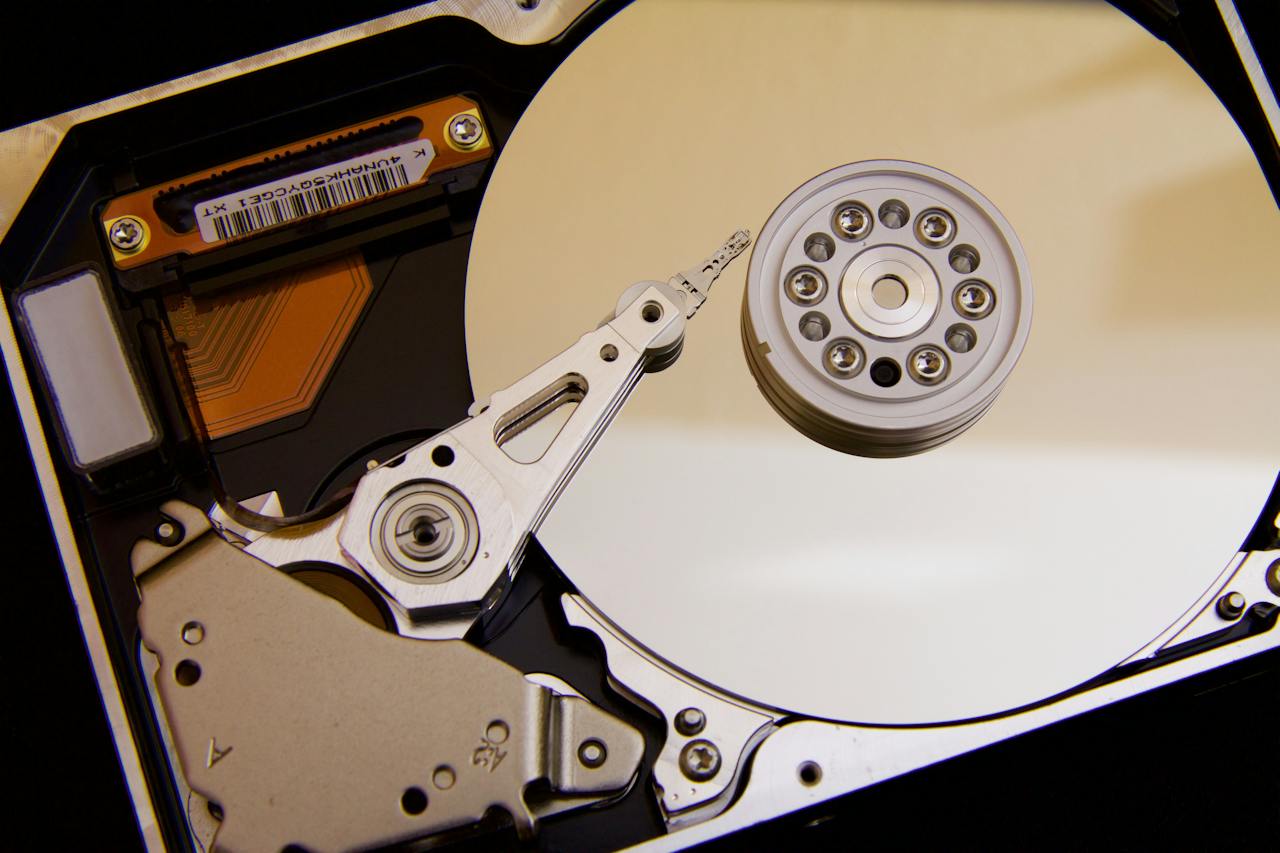Introduction:
Can you explain the differences between MBR and GPT hard drives? Which one is recommended for installing the Windows 10 operating system? When it comes to installing the Windows 10 operating system, understanding the differences between MBR (Master Boot Record) and GPT (GUID Partition Table) hard drives is crucial. Both have their own unique characteristics and serve different purposes. In this article, we will delve into the intricacies of MBR and GPT and help you determine which one is the best choice for installing Windows 10. Let’s dive in!
1. MBR (Master Boot Record) Hard Drives:
The MBR, also known as Master Boot Record, is the traditional partitioning scheme used by older versions of Windows. Here are the key aspects of MBR hard drives:
a. Compatibility:
– MBR works with both older and newer systems, making it backward compatible.
– It can be recognized by both BIOS (Basic Input/Output System) and UEFI (Unified Extensible Firmware Interface) firmware.
b. Partitioning Limitations:
– MBR supports a maximum of four primary partitions or three primary partitions and an extended partition, which can further contain logical drives.
– The maximum capacity for an MBR disk is 2 terabytes (TB).
c. Bootloader Limitations:
– MBR uses a single bootloader to start the operating system.
– It does not support secure boot, which can leave the system vulnerable to unauthorized modifications.
Read More: Can Ubuntu be installed on a computer with Windows XP and low RAM?
2. GPT (GUID Partition Table) Hard Drives:
GPT, or GUID Partition Table, is the newer partitioning scheme introduced with UEFI firmware and modern operating systems like Windows 10. Let’s explore the distinguishing features of GPT hard drives:
a. Capacity and Partitioning:
– GPT supports drives with capacities over 2 TB effortlessly.
– It allows up to 128 primary partitions, making it more suitable for complex storage requirements.
– GPT uses protective MBR for compatibility with BIOS-based systems, ensuring seamless interoperability.
b. Scalability and Reliability:
– GPT incorporates redundant and self-repairing features, making it more resilient to disk corruption.
– It provides enhanced data integrity through CRC (Cyclic Redundancy Check).
c. UEFI Compatibility:
– GPT requires a UEFI-enabled system to function properly.
– UEFI firmware offers faster boot times, improved security features, and broader support for larger disks.
3. Recommended Choice for Windows 10:
When it comes to installing Windows 10, GPT is the recommended choice for several reasons:
a. Enhanced Security:
- GPT supports UEFI secure boot, providing protection against bootkits and unauthorized software.
– This feature ensures a more secure and tamper-proof Windows 10 installation.
b. Larger Drives and More Partitions:
– With GPT, you can utilize the full capacity of larger hard drives, ideal for storing multimedia files and large software installations.
– GPT allows for a greater number of partitions, offering flexibility for multi-boot configurations or separate storage spaces.
c. Future-Proofing:
– As more systems transition to UEFI, GPT will become the standard partitioning scheme for Windows installations.
– Choosing GPT ensures compatibility with future hardware and mitigates the need for disk format conversions.
Practical Tips for Windows 10 Installation:
Here are some practical tips to consider when installing Windows 10 on a GPT hard drive:
1. Ensure UEFI Compatibility:
– Check if your system is UEFI-enabled by accessing the BIOS settings.
– Enable UEFI mode if it is not already enabled.
– Verify that the Windows 10 installation media supports UEFI installation.
2. Backup Data:
– Before beginning the installation process, back up all important data to prevent data loss.
- Partitioning and formatting the drive during installation will erase all existing data.
3. Create Windows 10 Installation Media:
– Use the official Microsoft Media Creation Tool to create a bootable USB drive with Windows 10 installation files.
– Ensure that the USB drive has been formatted with the FAT32 file system.
Conclusion:
Understanding the differences between MBR and GPT hard drives is crucial for a successful Windows 10 installation. While MBR offers compatibility with older systems, GPT provides numerous advantages, including enhanced security, support for larger drives, and future-proofing. For Windows 10 installations, GPT is highly recommended to ensure optimal performance and compatibility with UEFI-enabled systems. By following the practical tips provided, you can install Windows 10 seamlessly on a GPT hard drive, experiencing the full potential of this powerful operating system.

Aleksandar Paunovski is a Computer Science student at New Bulgarian University. He has more than 20 years of experience with computer systems. Aleksandar knows PHP, JavaScript, C++, CSS, and HTML and is an expert on WordPress, computer security, Linux, Mac OS, Chrome OS, and Windows. When not busy making sites, Aleksandar loves to listen to 90’s music, walk in the park, and post on his blog.
